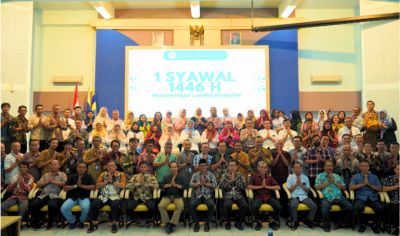Authors :
Abstract :
Practices of transfer pricing in among companies having “special relationship” (hubungan istimewa in Bahasa Indonesia, this study uses a term of ‘related party’) to others are very common nowadays. However, the complexity of transfer pricing strategy and practices in many companies made the use of individual level data become insufficient, therefore we conduct an ethnographic study to explore how taxpayer determines the reasonable transfer pricing based on five methods (i.e. Comparable uncontrolled Price/CUP, Resale Price/RPM, Cost Plus, Transactional Net Margin Method/TNMM and Profit Split Method/PSM).This research aims to execute a tax strategy based on those methods, which finally derive the amount of product price according to arm.s length transfer pricing rule. We collected the data through interviews, observation and literatures. They are based on several months of personal experience of field research in and around the manufacturing enterprise. The results showed that the tax expense could be reduced by using Cost Plus Method, but practically, the application of this method requires more in-depth analysis and a very reliable & comparative data so the company must spend a lot of cost and time to process it. The Transactional Net Profit Method is proved to be the best application for the enterprise to optimize tax expenses because the data used for the analysis were more accessible which saved time and costs.
Sources :
https://www.emeraldinsight.com/doi/abs/10.1108/AJAR-2016-01-01-B002

























